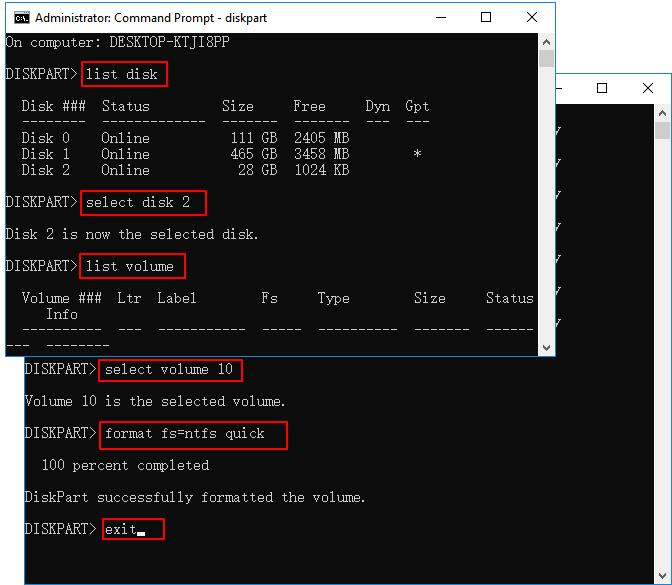

Here you can type in “sudo vi /etc/fstab”. If all goes well the Terminal screen opens. Once you have opened Spotlight search you type Terminal and you press enter. The easiest way is to use Spotlight search by pressing the little magnifying glass icon in the top right corner or you can hold the keys Command + Space. I had the “spaces problem” with the name of my hard dirve: Simpler thing to do, if you can, is connect the volume to a Windows machine and rename it to something without spaces.įirst you start Terminal. This implementation is definitely better than any 3rd party implementation available. The Finder pops up automatically and you can see your disk listed there.Open Terminal and type “open /Volumes/THE_NAME_OF_YOUR_VOLUME” (without the quotes).However, you can access it normally through Finder by doing the following: This means that the partition will not show up on your desktop. Wait a minute, I don’t see my disk listed in the Finder window!Īs of Mountain Lion, the “nobrowse” mount option is required for this to work.

And we are done! You now have read-write support for this disk in OSX.Now, just unmount and re-mount the disk.LABEL=”VOLUME_NAME_WITHOUT_QUOTES” none ntfs rw,auto,nobrowse Edit /etc/fstab (you can do this with “sudo vi /etc/fstab”).Uninstall other 3rd-party NTFS software, like Paragon, Tuxera or NTFS-3G.However, Apple does not enable it by default.

Mountain Lion 10.8.3 already has native write support for the NTFS. OSX Mountain Lion does have built-in support for NTFS, and it can read and write. But not to worry, you don’t have to install any third party drivers to enable this. If you have noticed, Mac OS X doesn’t support writing onto NTFS disks.


 0 kommentar(er)
0 kommentar(er)
